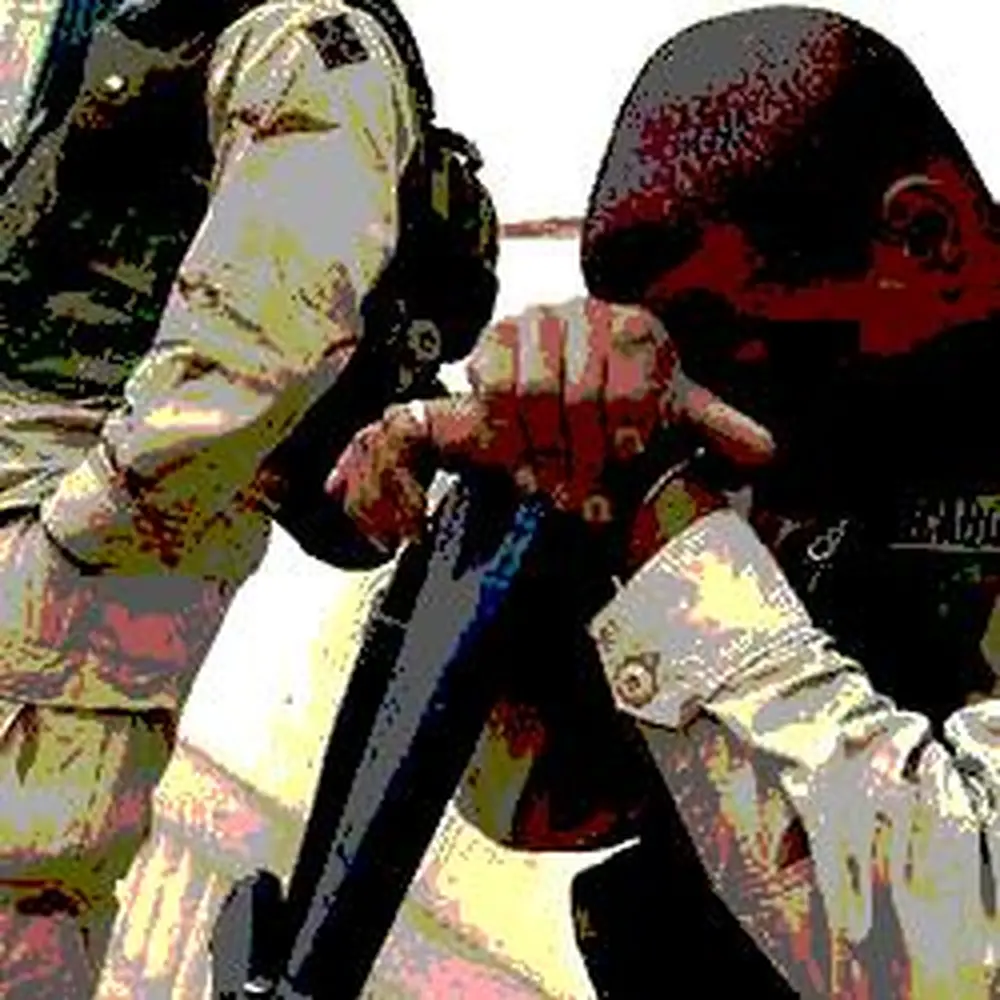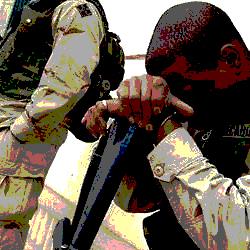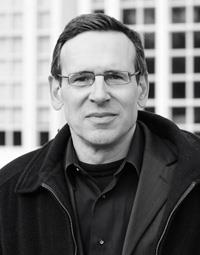

John Gaffaney was a 56-year-old psychiatric nurse preparing for deployment to Iraq, where he planned to help soldiers cope with the trauma of war. Before he even left U.S. soil, however, he was gunned down in the November massacre at Fort Hood in Texas—one of 13 victims. In a cruel irony, the suspect, Major Nidal Hasan, was an Army psychiatrist who had been treating soldiers suffering from post-traumatic stress disorder, or PTSD.
“That is what’s so perverse and painful,” says Mark Micale, an LAS history professor who has done considerable research on the history of psychological trauma, including the trauma of past wars. “How do you go from spending years trying to help victims of trauma to then becoming a source of death and trauma yourself?”
The trauma at Fort Hood has raised the visibility of PTSD once again—a syndrome that first received attention under a different name in World War I, when modern trench warfare created unique stressors on the human nervous system.
“The signature feature of the World War I battlefield was the trenches, where a squadron might stay fixed in one place for weeks, followed by a sudden outburst of intense, almost suicidal, activity,” says Micale, who edited the book Traumatic Pasts, which dealt in part with the trauma of World War I. “With bayonet and grenades in hand, they would have to charge over the top into a wall of machine-gun fire.”
This “anticipatory fear” was a key element, he explains. “Anxiety works on the mind, particularly if, while you are waiting, you see the deadly damage the war has done on fellow soldiers. In the trenches, they would have seen death all around them. It’s clear from the soldiers’ writing in World War I that the only thing they knew is that they were alive then and there. They didn’t know if they would be alive next week or tomorrow or even five minutes from then.”
In World War I, traumatized soldiers shared many common symptoms, such as speaking difficulties, problems with vision, facial twitches, walking disorders, convulsive vomiting, or severe cramps. They also displayed the kind of symptoms associated with present-day PTSD—insomnia, violent nightmares, and flashbacks.

During World War I, the malady went under many names, such as traumatic hysteria, soldier’s heart (because of unexplained heart palpitations), or war exhaustion. But the alliterative label that stuck was “shell shock.”
“If you think about it, the shell shock label illustrates something fascinating,” Micale says. “It makes it sound like soldiers are suffering from an actual physical injury. An artillery shell exploded nearby, and the concussive force of the blast damaged the nervous system or brain.”
By making the injury seem more physical than psychological, the term “shell shock” made the disorder more acceptable to both patients and the population.
“At that time, to have said it was all in their head would have suggested borderline insanity or moral weakness—cowardice even,” Micale says. The shell shock label “camouflaged its real psychological nature,” he adds, although it also meant at least that the disorder was finally being diagnosed and treated.
Psychiatry was just coming to the forefront at this time, which is another reason why the disorder came to people’s attention during World War I and not during earlier wars, he adds. But in the early part of the 20th century, psychiatrists could do little more than describe the symptoms and diagnose the problem, for treatments were rare—and primitive. Some doctors applied electro-shocks to affected areas. If a soldier had difficulty speaking or walking, for instance, doctors shocked his vocal cords or legs.
“It sounds horrific to us today, but the idea was that you literally shock the soldier-patient back into functionality,” he explains. “If one fear caused them to freeze up, a counter-fear would unfreeze them.”
By World War II, most traumatized soldiers in the American armed forces were withdrawn from the horrors of the fight and given rest—treatments that were used to some extent before. But what was much newer was widespread psychotherapy—having the soldiers talk through their experience with a trained and sympathetic listener.
Micale says trauma-induced disorders didn’t receive as much attention in World War II because it was a far more mobile war, with armies sweeping up the boot of Italy or across France after the D-Day invasion—in contrast to the stationary trench warfare of the previous conflict. Staying mobile reduced the anticipatory fear.
However, World War II unleashed its own unique horrors, most notably concentrated aerial bombing, which hadn’t been seen before. But because stress disorders did not fit into the victorious World War II storyline, the issue did not come back to the forefront until the Vietnam War. That’s when Hollywood gave the American public the iconic image of the veteran returning home as a broken soldier.
The diagnosis of PTSD emerged at this time, officially being adopted in 1980 by the American Psychiatric Association. Micale says that many of the doctors who constructed the diagnosis were actually anti-Vietnam-war psychiatrists who saw the sickness as being unique to what they considered a “uniquely sick war.” But they were blind historically, he says. Today, doctors see PTSD in the context of both earlier wars and current conflicts.
What’s more, the military today has gone beyond simply offering treatment programs. “They also have campaigns to convince soldiers and their families that PTSD is for real,” Micale adds. “They are trying to remove the stigma, for it’s natural to be shaken if you see combat. The message is to know what’s happening to your body and mind and not to feel alone or ashamed of what is, after all, a very human response.”


